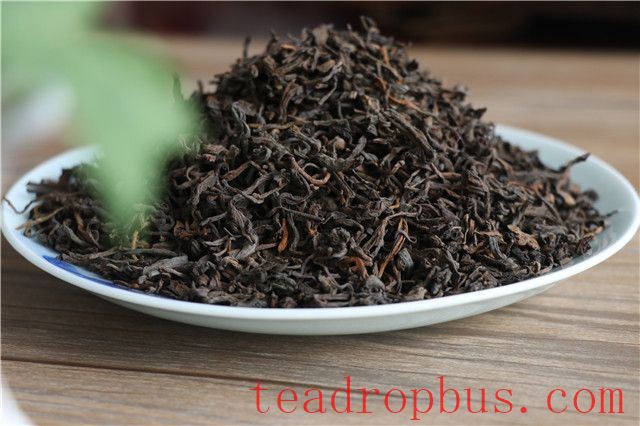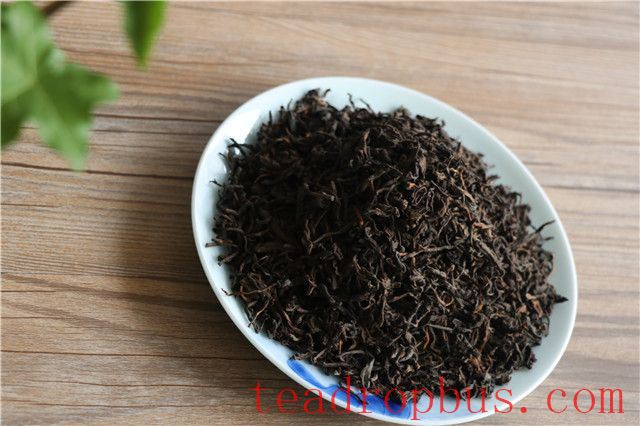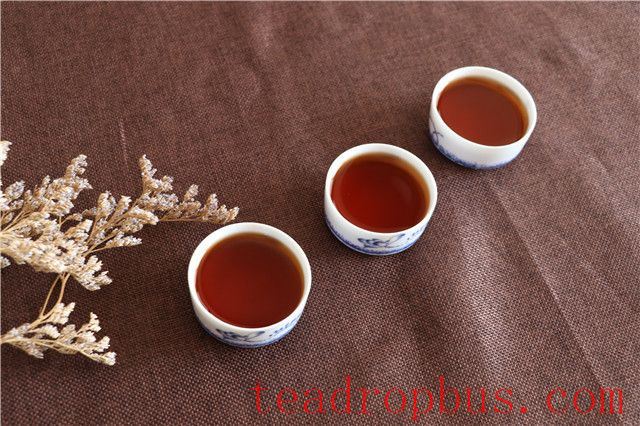Throughout the development of Pu'er Tea, many people have had significant reservations about fermentation, and it is common to hear concerns about the hygiene of Pu'er tea in the market. So, is the fermentation of ripened Pu'er tea really unhygienic?

Is the Fermentation of Pu'er Tea Unhygienic?
This stems from a lack of understanding of fermented foods. Like all fermented foods, the hygiene of ripened tea fermentation is achieved through the suppression of harmful microorganisms by beneficial ones. When fermentation proceeds normally, beneficial microorganisms, under the catalysis of enzymes, multiply at rates hundreds or thousands of times faster than other microorganisms. As long as the enzyme activity is ensured, the beneficial microorganisms will rapidly dominate all resources within the tea pile, effectively “starving” out other microorganisms.
A professor in Taiwan conducted an experiment introducing aflatoxin-producing fungi into a fermenting tea pile, but they failed to survive. If fermentation does not proceed normally, off-flavors and strange odors can easily be detected through sensory evaluation, much like the smell of rotting leaves, which can be identified without specialized knowledge. Therefore, as long as the aroma of the ripened tea is pure and authentic, you can feel free to enjoy it with confidence, just as you would with other fermented foods.

Do You Need to Add Anything During the Piling Process for Ripened Tea?
No, adding the right amount of water is sufficient! The fermentation of ripened tea is a highly complex biochemical reaction that occurs when the enzymes naturally present in the tea, under suitable conditions, catalyze the rapid proliferation of beneficial microorganisms. Providing the right environment is enough; no additives are needed. The enzymes, microorganisms, and substrates required for this reaction are already present in sun-dried raw tea. Although there have been reports of various institutions and individuals researching substances similar to “tea yeast” to aid in the fermentation of tea, no such products have yet been accepted by the market.

What Plays a Crucial Role in the Fermentation of Pu'er Ripened Tea?
The enzymatic action is primary, with extracellular and intracellular enzymes secreted by microorganisms, such as hydrolases, cellulases, proteases, polyphenol oxidases (which oxidize, polymerize, and degrade tea polyphenols), pectinases, and catalases, playing a catalytic role. These enzymes cause the decomposition, transformation, oxidation, and polymerization of the internal components of the tea, breaking down large molecules into smaller ones, increasing the soluble substances in Pu'er tea, and rapidly forming its characteristic red-brown color, bright red infusion, and aromas of caramelized Sugar, Sweetness, and Roasting.
To some extent, microorganisms not only participate in the piling fermentation process but also play a significant role in the formation of flavor and quality. Drinking ripened tea means consuming not only the transformed products of the tea leaves but also many microorganisms, their derivatives, and metabolites.